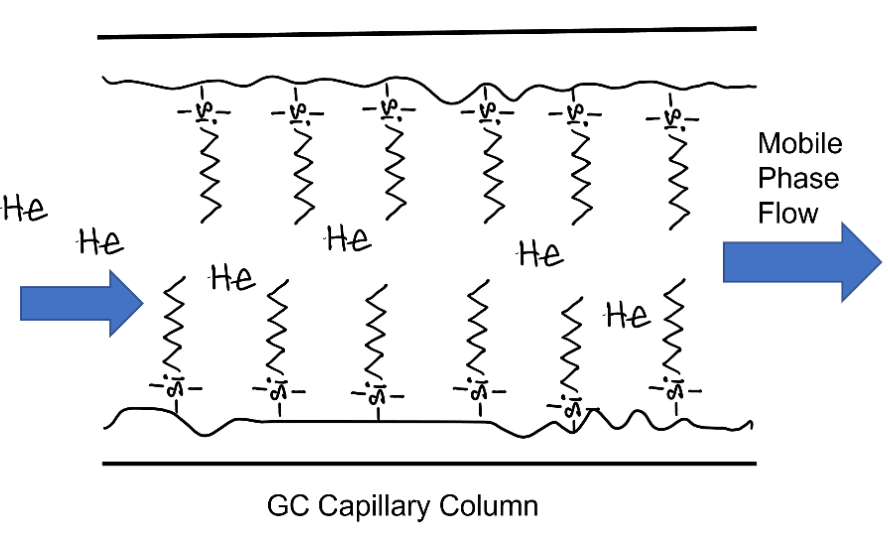Introduction to Gas Chromatography
The Role of the Carrier Gas, Bonded Phase, and Temperature in Affecting Separation
Abstract
Level: undergraduate
Setting: classroom
Activity type: learning cycle
keywords: gas chromatography, bonded phase, stationary phase, intermolecular forces, temperature programming
This classroom POGIL activity is intended for use in an introductory undergraduate analytical chemistry course. The course is intended to follow the POGIL classroom activity "Introduction to Gas Chromatography." In this activity, students who learned about the types of substances that are compatible with the basic gas chromatography (GC) instrument in the first POGIL exercise explore the role of the carrier gas, bonded phase and temperature in affecting GC separation. The exercise is built around gasoline as the complex sample and introduces students to the three common carrier gases (helium, nitrogen, and hydrogen) and four common types of bonded phases (C8, PEG, cyanopropyl, and phenyl). Students are assumed to have completed a general chemistry course that covers intermolecular forces and have some familiarity with alkanes and aromatics (pi-stacking interactions) from their basic organic chemistry course. In the end, In the end, students should be able to 1) select an appropriate bonded phase for a GC separation; 2) predict the order of elution of a series of compounds given a specific bonded phase; and 3) understand the role of the carrier gas and temperature programming in affecting a GC separation.

Downloads
Published
How to Cite
Issue
Section
License
Copyright of this work and the permissions granted to users of the PAC are defined in the PAC Activity User License.

